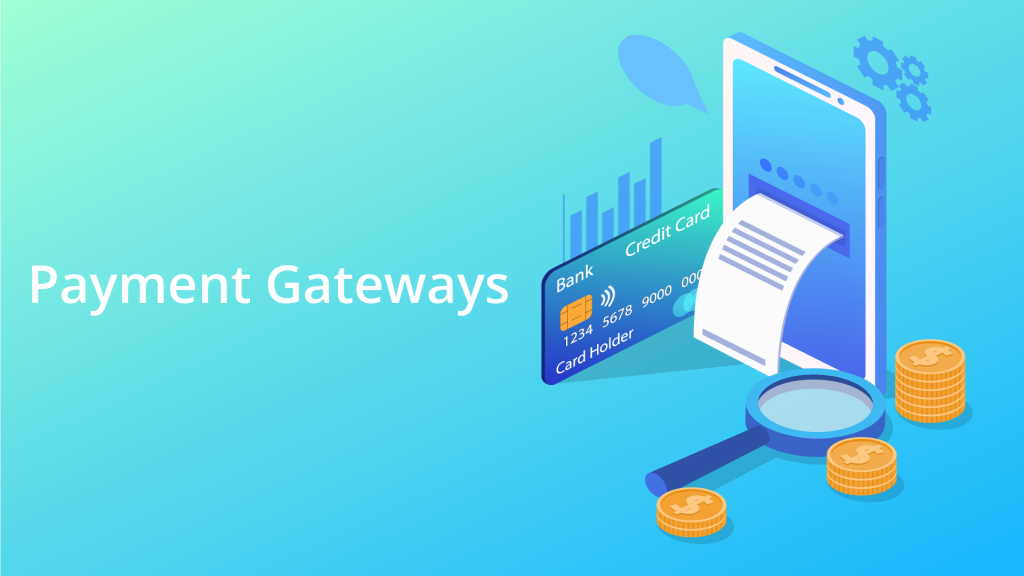A payment gateway is a service that authorizes credit/debit card or electronic check payments for e-businesses, online merchants and traditional brick and mortar businesses. The gateway verifies the information given by the customer and then passes this information along to the appropriate credit card processing company (the “acquiring bank” in payment gateway jargon). It is important to note that a merchant account is completely separate from the gateway service. The added security of payment gateways make them an essential part of ecommerce.
According to Wikipedia, a payment gateway is the “glue” between a website and a merchant account which allows transaction requests from authorized users to be accepted, authorized, and transmitted to the payment processor’s systems for processing.
Here are some of the important factors every e-commerce business should know about payment gateways:
- Payment gateways provide security by using Secure Socket Layer (SSL). All data exchanged between your web site or online store and this service is encrypted to prevent interception by a third party.
- Payment gateways allow multiple credit cards to be accepted. The actual payments are processed outside of the payment gateway, usually via your merchant account or PayPal account, and then payments are deposited directly into your bank account. This means you do not have to store credit card data on your server and you don’t have to worry about PCI Compliance and associated fees.
- Payment gateways provide complete transaction visibility and record keeping. Each time a customer places an order in your web site, the gateway generates a unique ID for this transaction and tracks all information about this order such as: items ordered, items sold, prices, shipping, and taxes. This information can be very useful for your accounting and bookkeeping purposes.
- Payment gateways are not just for ecommerce businesses. They can also be used by brick and mortar businesses who want to start accepting credit cards or electronic checks online.
Now that you know a little more about payment gateways, you’re probably wondering how they work.
There are two different types of payment gateways – hosted and non-hosted. A hosted payment gateway is where the merchant has no actual access to the physical servers that house the information for the payment gateway services. Instead, all transactions take place through secure links which are provided to the merchant by the payment gateway provider.
Non-hosted gateways give merchants more flexibility and control over the entire process, but also require more technical expertise. Non-hosted gateways work by installing software onto your own web server which then communicates with the payment gateway servers. This allows you to have greater control over how and where you store data such as customer information.
The types of transactions that take place via a payment gateway include: authorization, capture, refund, void and batch processing. Let’s look at each of these in a little more detail:
- Authorization – The most common type of transaction which authorizes a credit card payment to be placed on hold. Depending on the type of card, authorizations can last for anywhere between a few seconds to several days. During this time, the merchant cannot capture funds for this transaction and will either receive an authorization code or message (such as “approved” or “declined”) if something goes wrong with the request.
- Capture – Once your customer’s credit card has been successfully authorized, you will need to capture the funds. This process releases the funds and places them into your company’s merchant account so that they can be deposited into your bank account.
- Refund – If a problem arises and you decide to refund an order, you will need to process a refund transaction. This tells the payment gateway that you would like to reverse the original authorization and send the funds back to the customer.
- Void – If an order is placed but then cancelled before it is captured, you will need to void the authorization.
- Batch processing – This is a process where you combine multiple authorizations or captures into a single transaction.
- Now that you understand how payment gateways work, it’s time to choose the right one for your business.
Now that you understand how payment gateways work, it’s time to choose the right one for your business.
